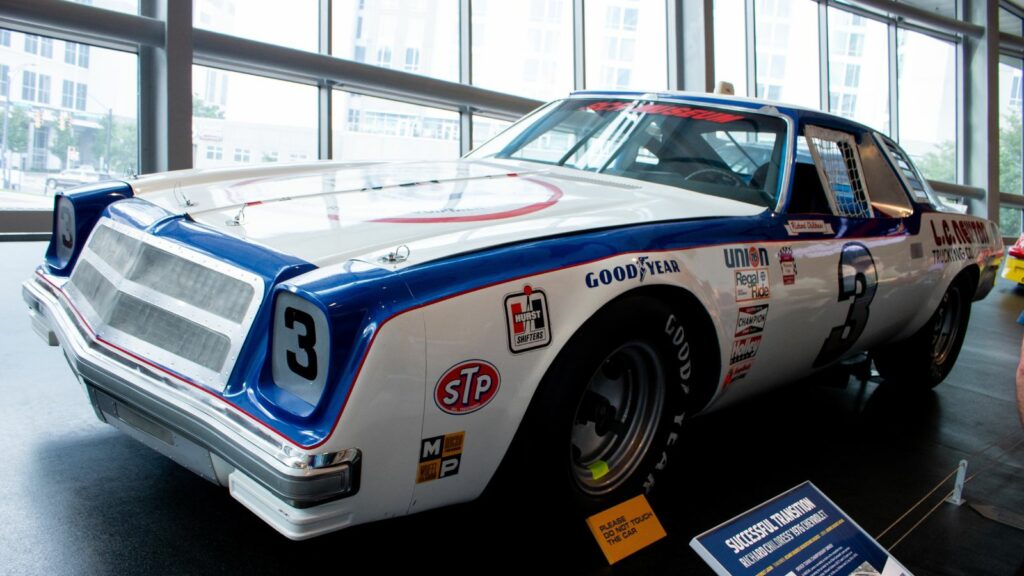Imagine a world without the sleek curves of a Range Rover Evoque or the timeless elegance of a Beetle. These iconic cars and 10 others have shaped the automotive landscape and continue to inspire designers today. From their groundbreaking features to their cultural impact, these legendary models have left an enduring legacy that’s evident in the cars we drive today.
Ford Model T
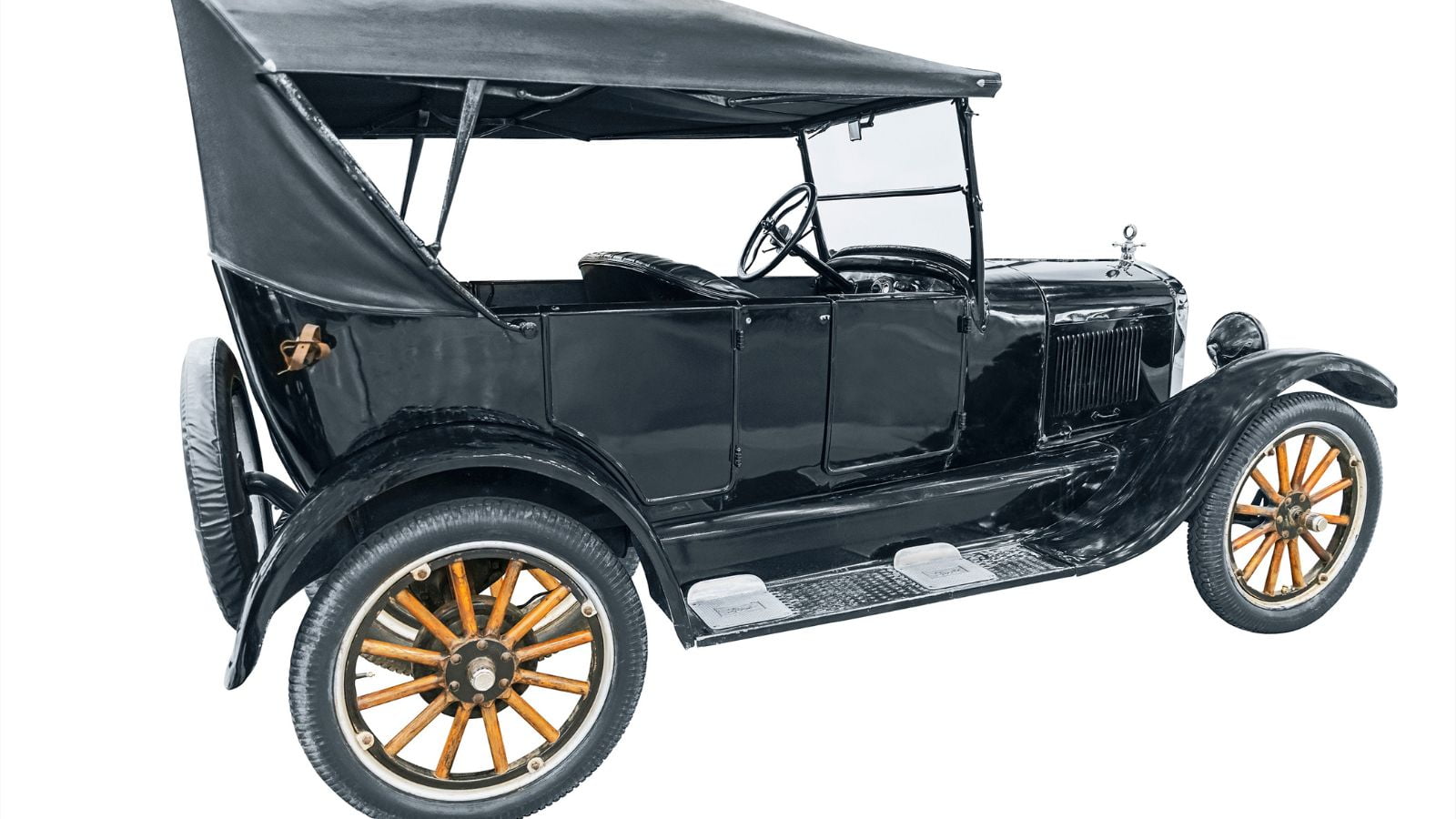
One of the first mass-produced vehicles in history, the Ford Model T was designed by Henry Ford, Charles Harolde Wills, and József Galamb e Jenő Farkas. From the assembly line to the current landscape of astonishing Ford vehicles, the Model T influenced the whole industry with its minimalist and utilitarian design. With reference to the Model T, Henry Ford made his famous statement, “Any color as long as it’s black,” emphasizing black paint’s practicality and cost efficiency.
Volkswagen Beetle
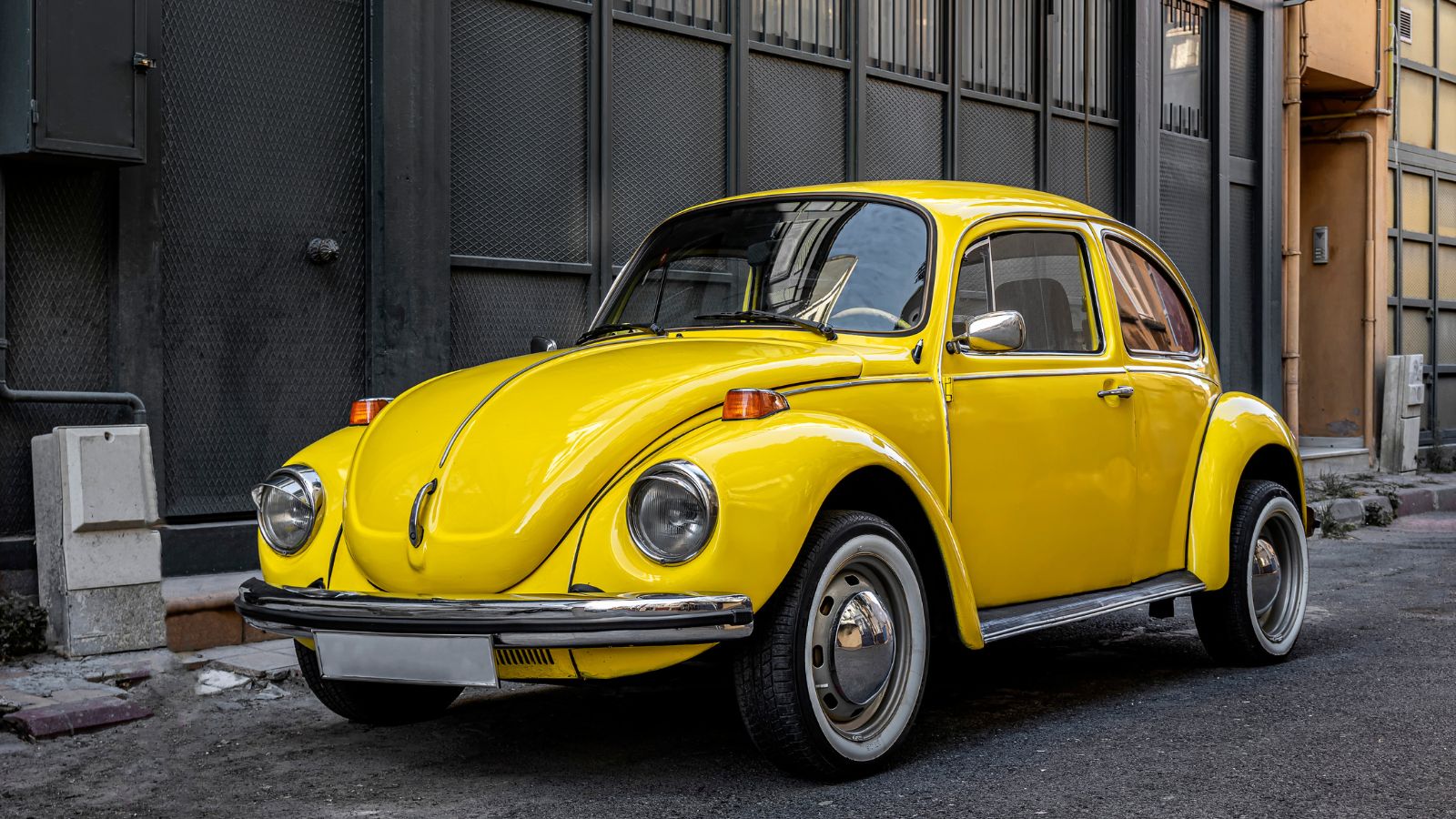
The Volkswagen Beetle, a people’s car in Germany, was an affordable option built for the masses. It has now evolved into a legendary vintage car and cult classic, influencing the industry with its rounded shape and rear-engine layout. With its compact body and resilient mechanics, the Beetle contributed significantly to developing small, fuel-efficient cars. The impact is also felt in the modern subcompact car market, paving the way for increased cargo space.
Chevrolet Corvette
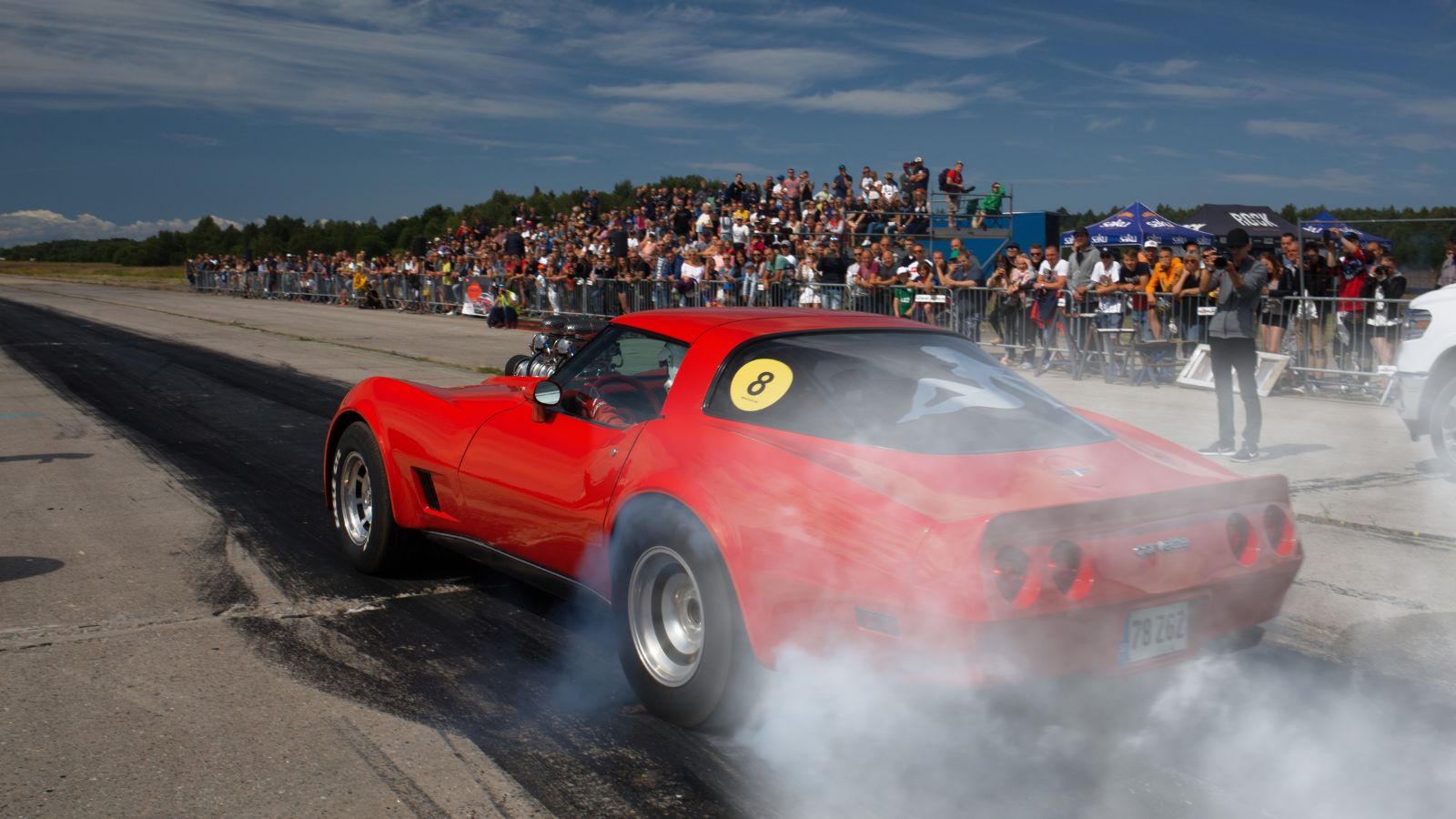
Manufactured in June 1953, the Chevrolet Corvette was an American sports car that influenced the industry by introducing a fiberglass body. This made the Corvette look aesthetic and luxurious, accompanied by its aerodynamic nature and speed. The design has played a major role in influencing sports cars, with lightweight construction and sleek aerodynamic design becoming the norm. This rust-proof innovation also reduced the overall cost for companies as they did not have to use large metal sheets.
Mini Cooper
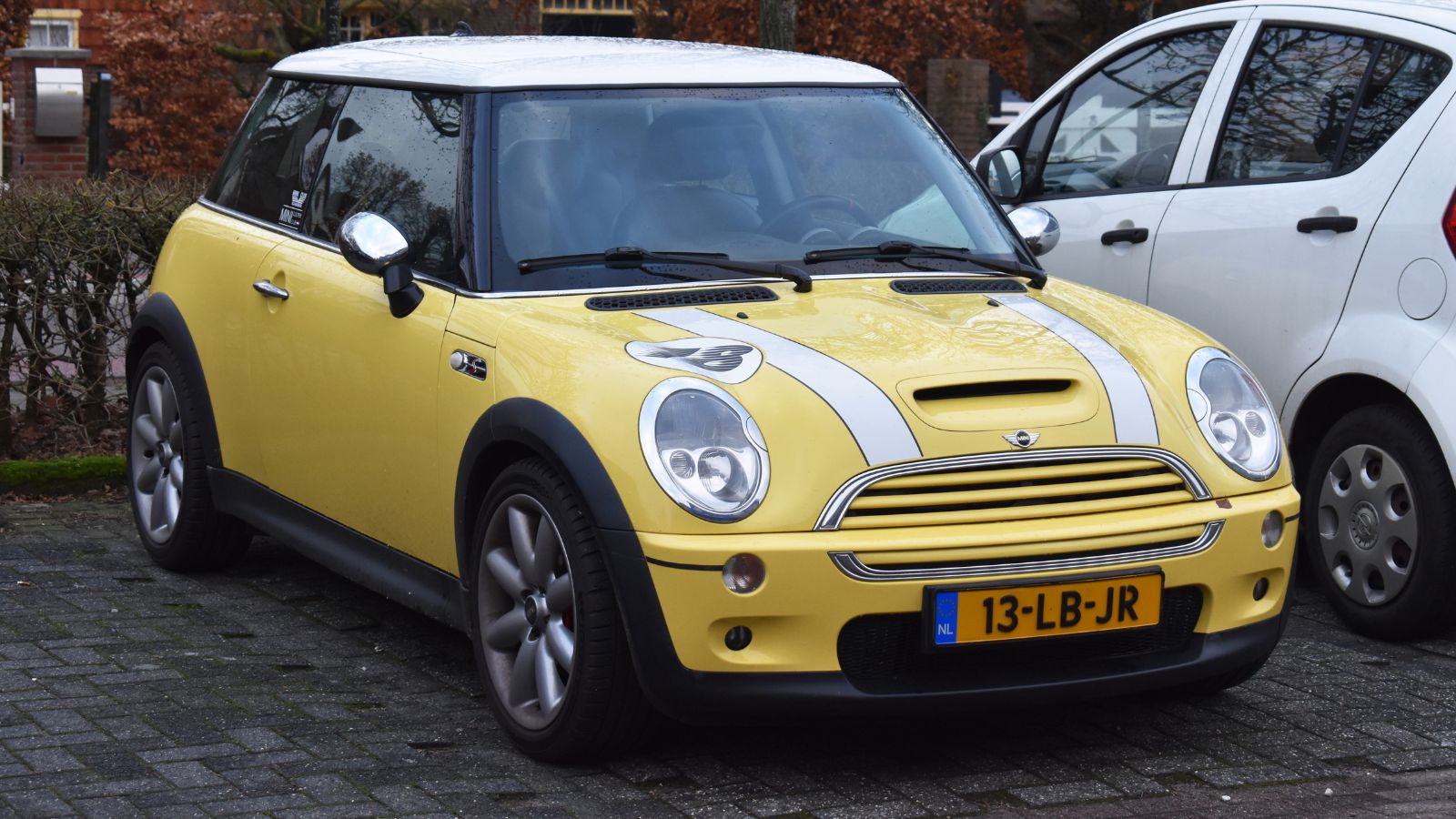
The Mini Cooper introduced an innovative design marked by its compact design, transverse engine, and rear engine layout. It became the perfect model that influenced modern car design regarding city cars. The nimble handling and clever interior space distribution made it stand out despite its small size. The Mini’s accomplishments on international race tracks and urban roads confirmed that small cars can possess practical attributes without losing out on fun-to-drive aspects.
Citroën Traction Avant
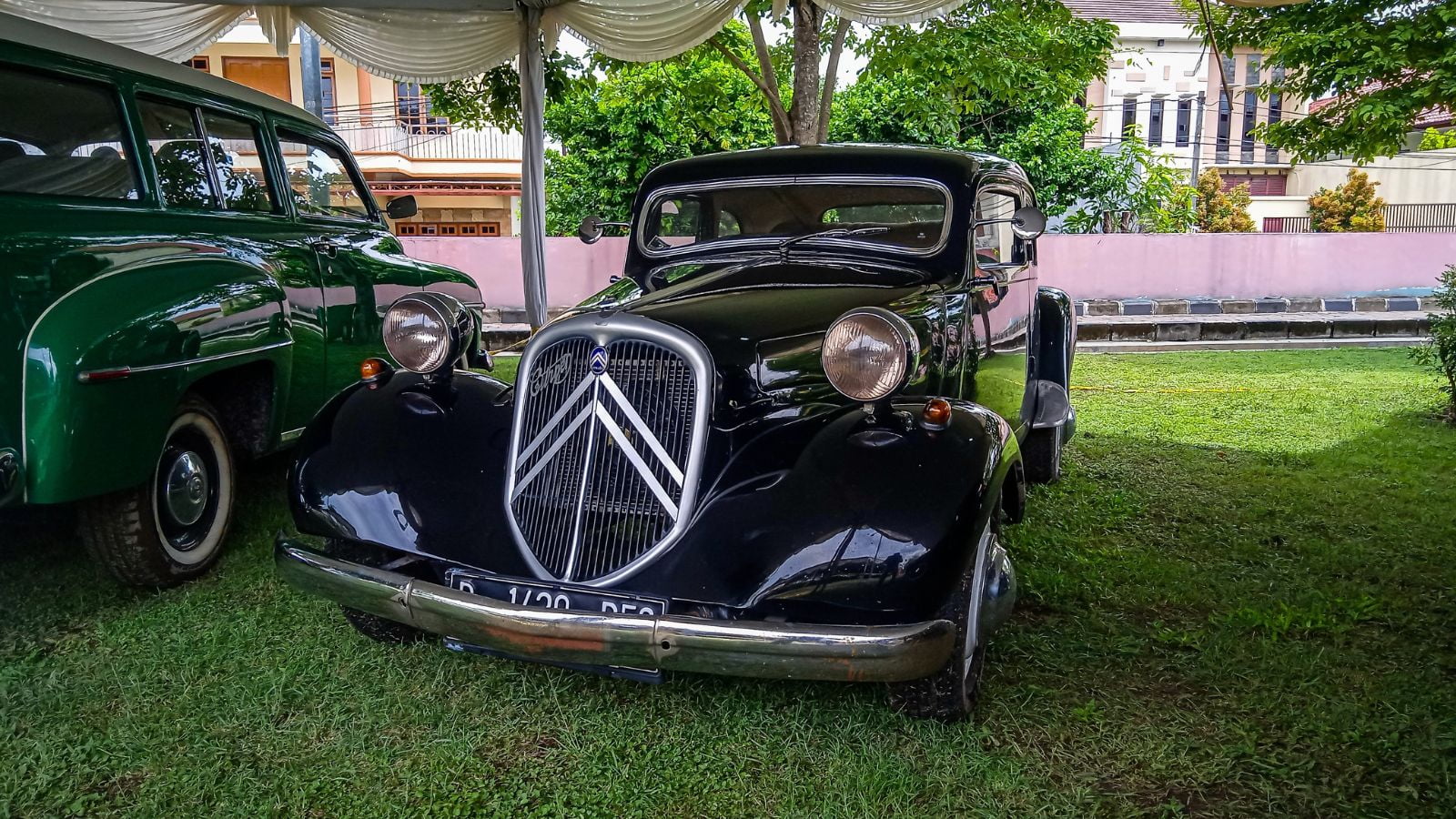
The Citroën Traction Avant was a groundbreaking car that is credited with popularising the front-wheel drive design and offering superior handling. Even though it was not the first front-wheel-drive car, its contribution to showcasing efficiency was priceless. Independent suspension was a novelty during the 1930s and 1940s that has now become standard in modern cars.
Porsche 356
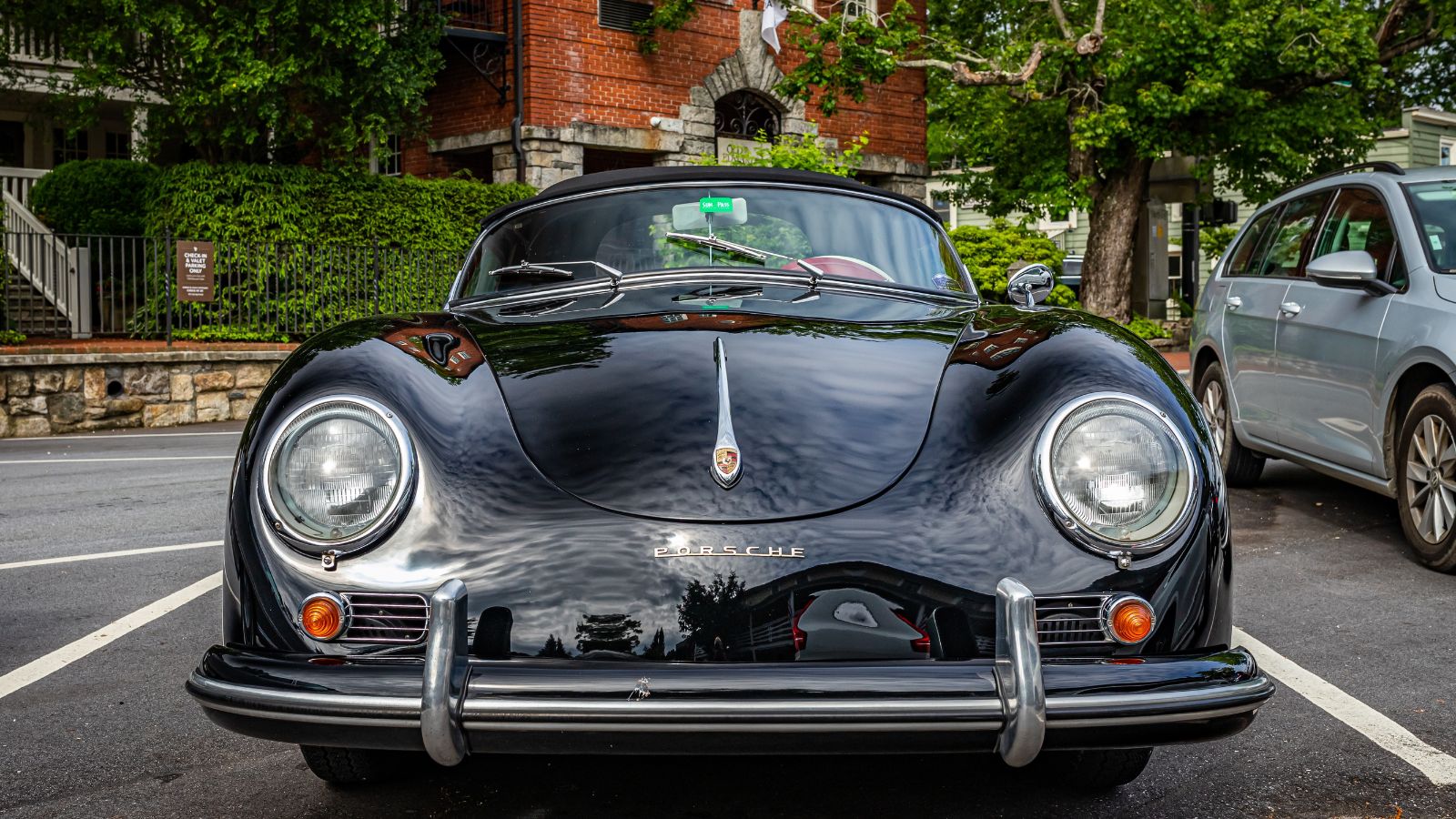
Introduced in 1948, the Porsche 356’s low-slung and curvy exterior significantly influenced modern car design. This vehicle is credited with popularising the rear engine layout, offering better weight distribution and handling. While the Porsche 356 was not the fastest car in the market, it laid the foundation for driver-focused, performance-oriented vehicles. The round headlights and curvy nature have also brought about new heights of aesthetics in the automotive industry.
Lamborghini Miura

The Lamborghini Miura is popularly recognized as the first sports car, influencing modern car design with its mid-engine layout. Its thunderous V12 engine and low, sleek profile set new standards for the sports car of the 1970s. The mid-engine layout served as a blueprint for many other brands who wanted to achieve the same balance and performance. A symbol of luxury and class, this legendary car model was both visually stunning and immeasurable.
Mercedes-Benz W114
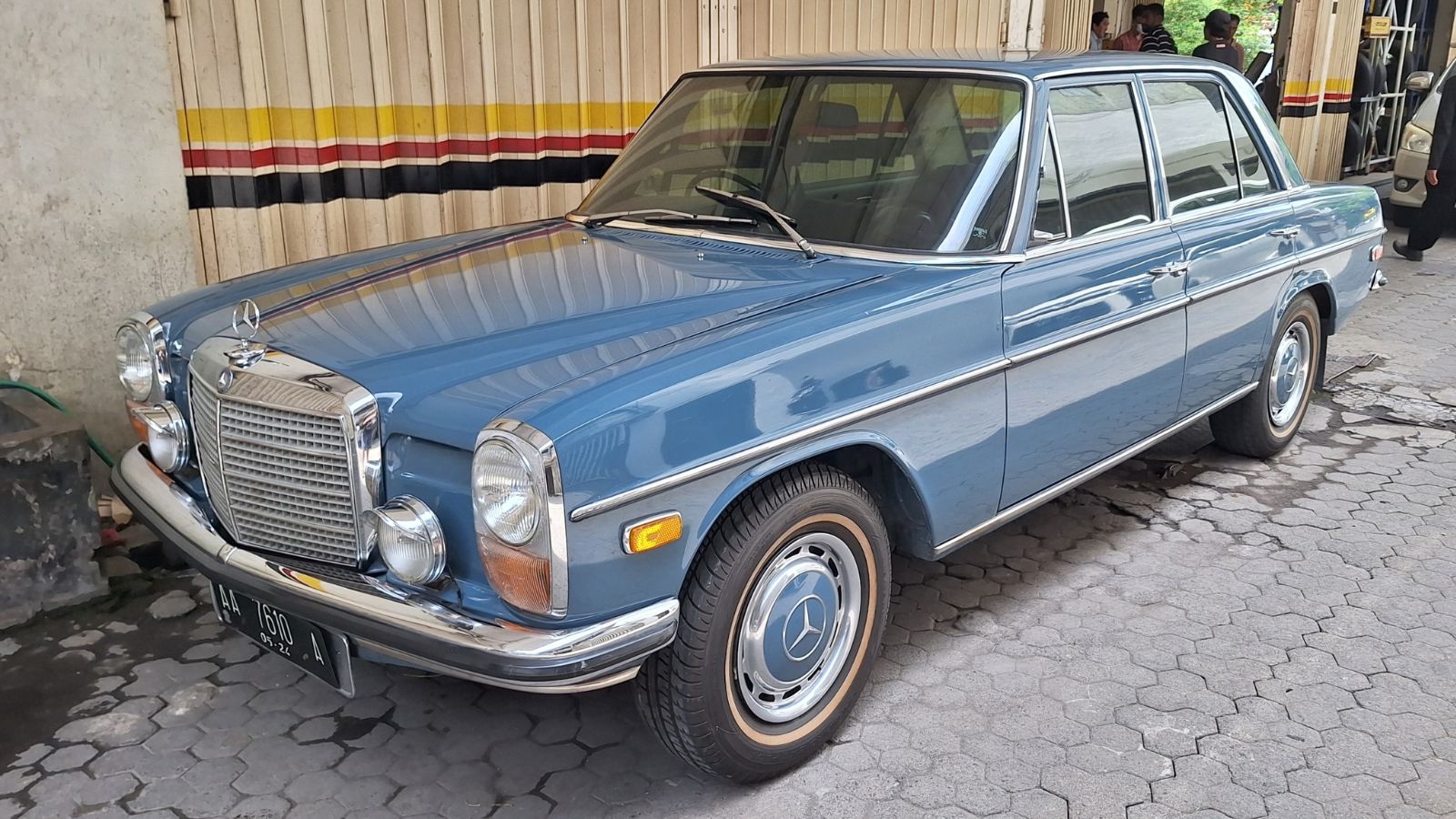
The Mercedes-Benz W114 and W115, commonly nicknamed the “Strich Acht,” which translates to “stroke eight” in English, got their name from their body style designation. These marked the new design of the future Mercedes models, drawing away from the distinctive ‘fintail’ design. Characterized by its clean, elegant, and fine lines, this vehicle influenced a new rear axle design.
Mercedes Benz 300L

Introduced in 1952 as a race car by James Harris, the Mercedes Benz has significantly influenced modern design. It was the first car to feature falcon or gull-wing doors, a major component used in many sports cars. These gull-wing doors are seen very often in luxurious vehicles, becoming a symbol of class. Some cultural icons, such as the DeLorean DMZ, have also featured these futuristic elements.
Audi Quattro
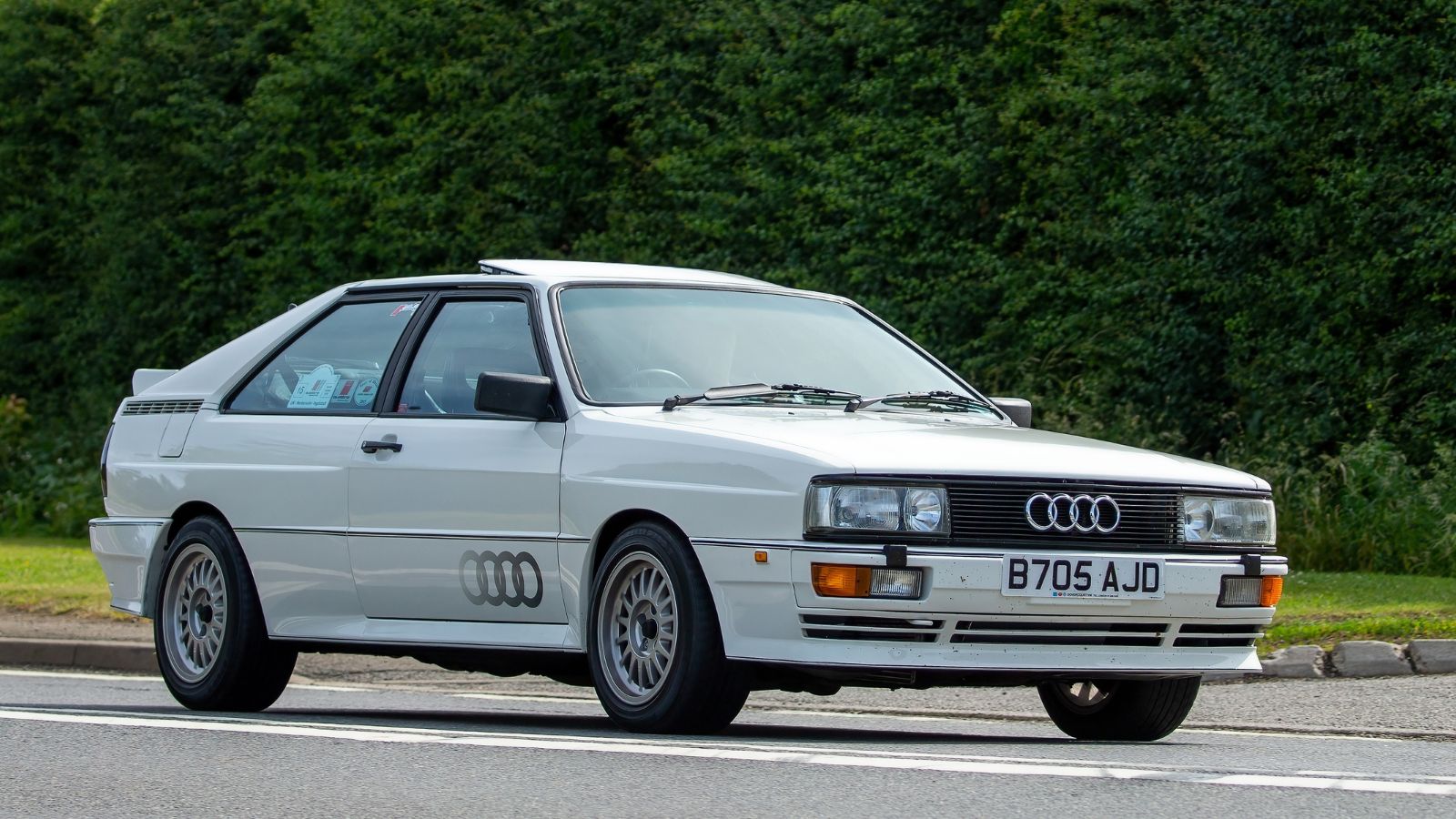
Each vehicle in the Audi lineup showcases extraordinary grip, traction, and handling on any surface. The Audi Quattro has revolutionized the industry with its Quattro All Wheel Drive, which has become standard in most cars. This led to the widespread adoption of this technology in several vehicles. It also changed the race landscape and enhanced off-road driving capabilities, making this a standard feature in modern cars.
Toyota Mirai
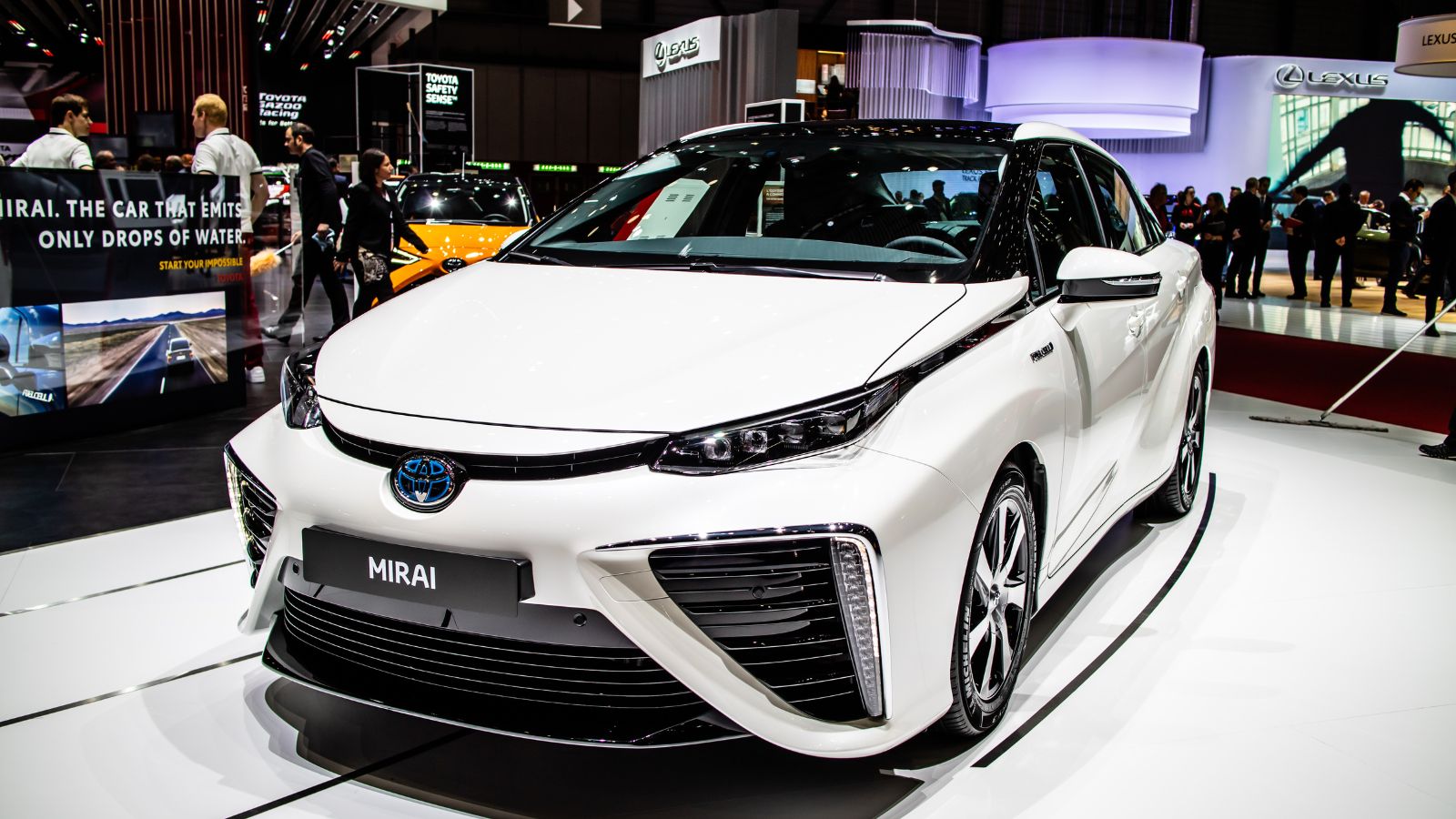
The Toyota Mirai has made a major contribution to the industry, not necessarily influencing modern car design on the surface but making a significant leap with its hydrogen fuel cell technology. It was one of the first commercially available cars to introduce people to more sustainable and eco-friendly alternatives. Combining hydrogen and oxygen releases only water vapor from the exhaust, a big success towards zero emissions.
Range Rover Evoque
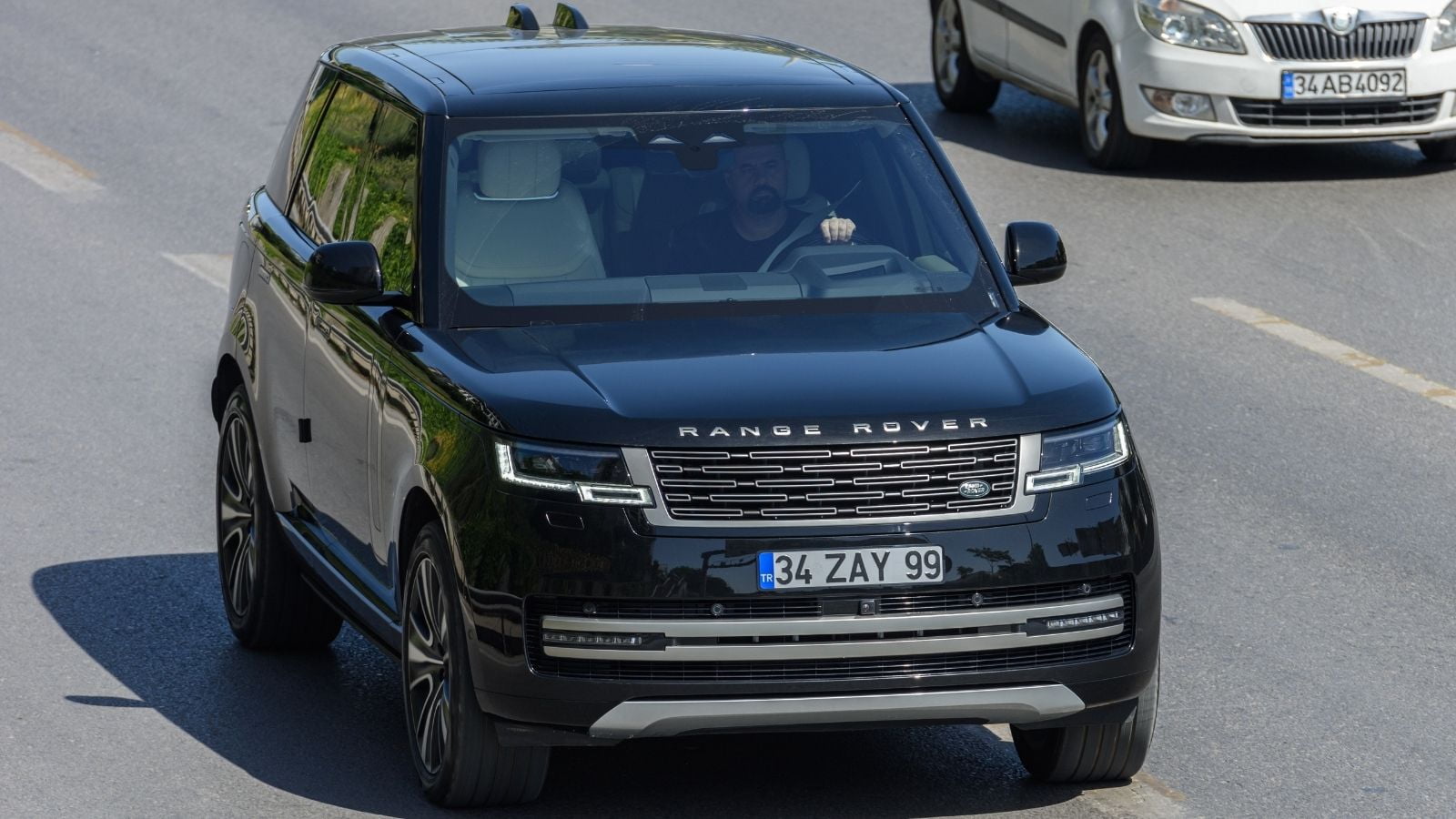
When the Range Rover Evoque launched in 2011, not only did it captivate everyone with its luxurious features but also a stunning novel design. The SUV introduced a coupe-like silhouette to the modern landscape, making the vehicle stylish yet practical. After this innovation, several SUVs have incorporated this, giving them a distinct and attractive look. The design by Gerry McGovern blended aesthetics with functionality, making this a growing trend without sacrificing performance.
14 Supercars Under $100K That Deliver Breathtaking Speed and Style
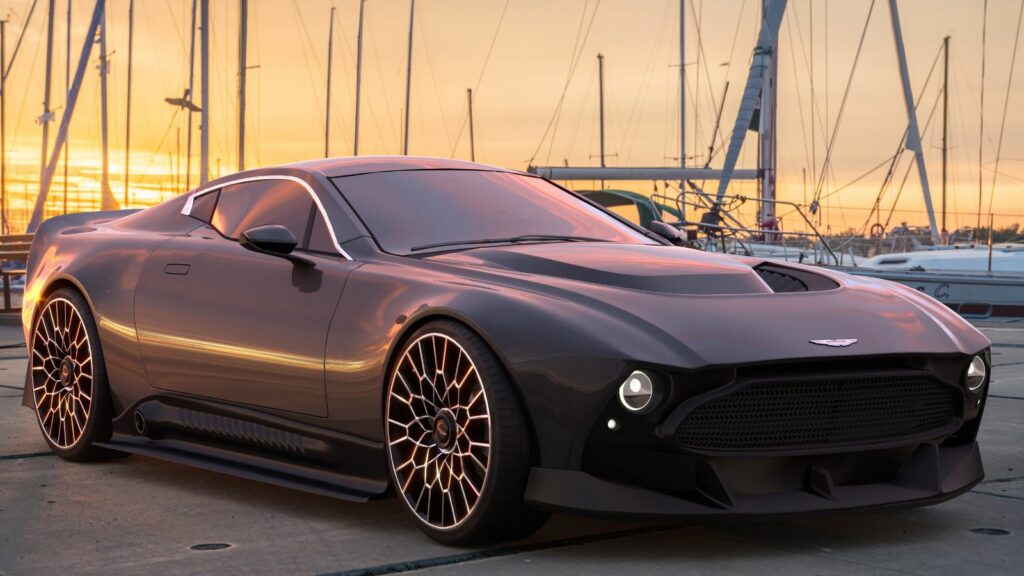
When you think of supercars, names like Ferrari, Lamborghini, and McLaren often come to mind, along with their staggering price tags. However, high-performance vehicles aren’t exclusively reserved for the super-rich. There exists a sweet spot where speed, style, and (relatively) sensible pricing converge, offering thrilling rides without completely obliterating your bank account. Hop in as we explore 14 underrated supercars under $100K.
14 Supercars Under $100K That Deliver Breathtaking Speed and Style
